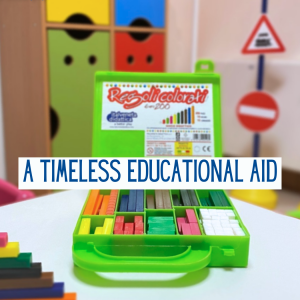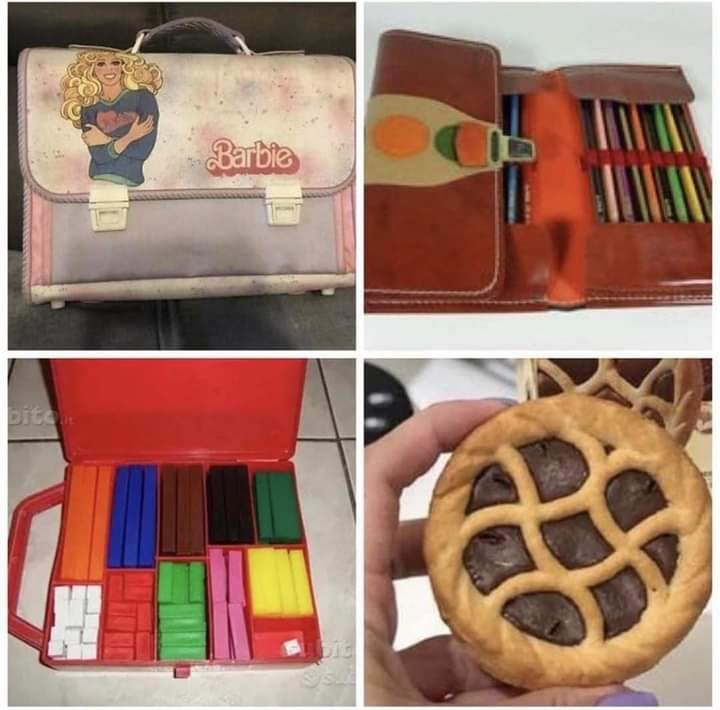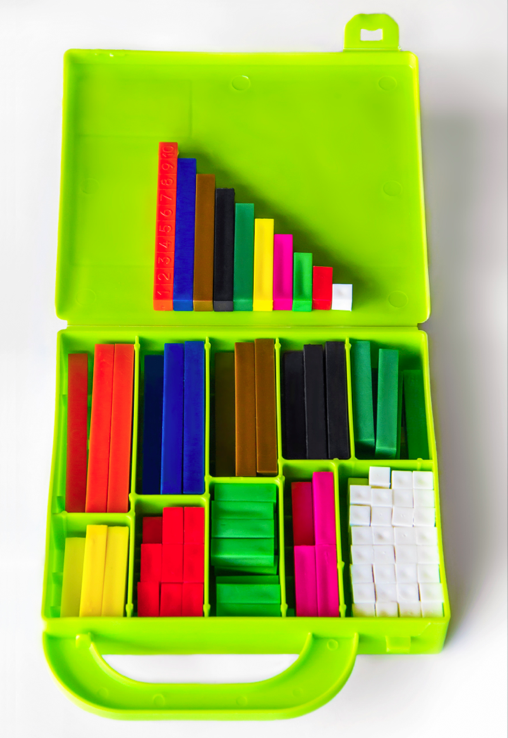Cuisenaire rods: A Timeless Educational Aid
29-11-2023

Retailers looking for products for primary and early childhood education cannot overlook Cuisenaire rods—a timeless educational aid that has guided generations in discovering mathematics. Back in the 1980s, primary schools used abacuses and Cuisenaire rods to teach children the ropes of addition and subtraction. The Cuisenaire rods accompanied youngsters to class alongside Mulino Bianco snacks and folders featuring their favorite characters.

While tastes and cartoons have changed over time, the Cuisenaire rods remain the most suitable and .png) enjoyable tools for teaching counting even today. At Italveneta, we understand its indispensable role in elementary education for teaching children to play with numbers.
enjoyable tools for teaching counting even today. At Italveneta, we understand its indispensable role in elementary education for teaching children to play with numbers.
So, what are Cuisenaire rods, and what's their story?
A rod refers to a colored stick of varying lengths from 1 to 10. The invention of children's Cuisenaire rods is credited to a Belgian elementary school teacher named Georges Cuisenaire. From then until now, commercial rulers have remained unchanged, and Cuisenaire's color scale still holds:
- White = 1
- Red = 2
- Light Green = 3
- Carmine Red = 4
- Yellow = 5
- Dark Green = 6
- Black = 7
- Coffee = 8
- Blue = 9
- Orange = 10
Interesting facts about Cuisenaire rods:
At Italveneta Didattica, we understand that Cuisenaire rods are still widely sold and used by teachers worldwide. That's why we've created modern Cuisenaire rods in non-toxic plastic, inviting retailers like you to introduce them to those working in primary schools.
Cuisenaire rods have always been the best tool to introduce children to mathematical calculations. They are used in first grade to compare and order numbers. The hands-on approach makes learning the basics of math easier, and the colored blocks add fun to number studies. Thanks to Italveneta Didattica's Cuisenaire rods, children approach elementary math operations by playing and having fun.
Features of plastic Cuisenaire rods:
 In addition to traditional wooden Cuisenaire rods, today at Italveneta Didattica, we offer plastic Cuisenaire rods with cubes and blocks of various sizes and colors. As mentioned, the Cuisenaire rods, as we know it today, originated in the 1950s from an idea by Belgian elementary school teacher Georges Cuisenaire. This new learning method immediately gained great success, first in Belgium and then throughout Europe. It's no secret that even today, they prove to be an effective and intuitive method for explaining arithmetic to children. Thanks to their practicality, Cuisenaire rods quickly replaced the abacus used since ancient times for learning and having the first approach to mathematics.
In addition to traditional wooden Cuisenaire rods, today at Italveneta Didattica, we offer plastic Cuisenaire rods with cubes and blocks of various sizes and colors. As mentioned, the Cuisenaire rods, as we know it today, originated in the 1950s from an idea by Belgian elementary school teacher Georges Cuisenaire. This new learning method immediately gained great success, first in Belgium and then throughout Europe. It's no secret that even today, they prove to be an effective and intuitive method for explaining arithmetic to children. Thanks to their practicality, Cuisenaire rods quickly replaced the abacus used since ancient times for learning and having the first approach to mathematics.
Today, teachers use Cuisenaire rods along with number rhymes to keep children's attention alive and turn learning into a game. With the blocks, children learn to add and subtract, but also to create concrete objects for the amusement of the little ones.
Advantages of Cuisenaire rods in learning mathematics:
Among the advantages of Cuisenaire rods in learning mathematics is laying the foundation for teaching mental calculations. Every child is born with numerical intelligence that needs to be developed and trained. Studies show that young children already know quantities in their first year of life.
With Italveneta Didattica's Cuisenaire rods, schools have an extra tool to teach mental calculation to children and strengthen the cognitive processes underlying number knowledge. Games are the best way to learn quickly, and children's Cuisenaire rods serve to stimulate creativity, complementing traditional finger counting that children spontaneously choose to learn addition in first grade.
The use of Cuisenaire rods in children with dyscalculia.
Retailers who include our Cuisenaire rods in their product catalog also have a learning tool to offer.png) teachers who need to teach counting to children with dyscalculia. This is a learning disorder where the child does not develop an intuitive sense of numbers, making calculations complicated.
teachers who need to teach counting to children with dyscalculia. This is a learning disorder where the child does not develop an intuitive sense of numbers, making calculations complicated.
How to help these children?
Our advice is to make calculations as concrete as possible using manageable Cuisenaire rods and simple language to facilitate learning. Everything should be done through play, limiting memory loads to avoid negative situations such as failure and emotional overload.
Discover Italveneta's Cuisenaire rods for children.
At Italveneta, we offer children's cases made of non-toxic plastic, divided into 10 compartments of different shapes and sizes to help children associate space with dimensions. Arranged in this way, the Cuisenaire rods do not move inside the case, so if shaken, it makes no noise. Thanks to this feature, children can correctly position each color in an orderly and correct manner.
The case follows the color scale, i.e., numbering from smallest to largest (1-10), and has an easy snap-open feature. The rods are bright and uniform in color, smooth to the touch, polished, and with rounded edges.
From the 1950s to today, rods have taught generations of children to count, and even today, they are an appreciated tool used in early childhood education. It's a tool that cannot be missing from the catalog of retailers specializing in school and teacher products, as well as products for children. Contact us to learn more about our Cuisenaire rods!






